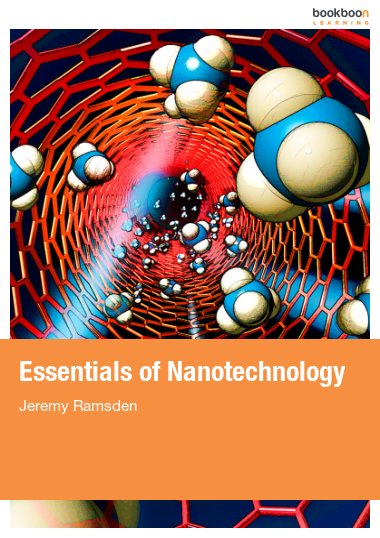Essentials of Nanotechnology provides an up-to-date overview of this fast-changing field
Essentials of Nanotechnology is an ebook to download free of charge.
Nanotechnology is an exciting and innovative field that addresses matter, and the manipulation of matter, at the atomic scale. Nanotech, as it’s often called, is considered to be the current technological revolution, following on the heels of the information revolution.
Written by Dr. Jeremy Ramsden, this ebook provides a complete look at nanotech—its history, its current usage, and it’s direction. Because the field of nanotechnology is advancing so rapidly, and keeping up to date is challenging, the author has included resources for further reading.
With nanotechnology, raw materials like nanoparticles, nanofibres, and graphenes are used to make things, such as nanodevices. These small machines may be electronic, magnetic, photonic, mechanical, fluidic, or biomedical. Creating these nanodevices requires atomic-scale manufacturing, or nanofacture.
Other exciting applications are bionanotechnology, which uses DNA as construction material, and nanomedicine, which may enable tiny machines to repair our bodies.
Essentials of Nanotechnology is an ebook to download free of charge.

